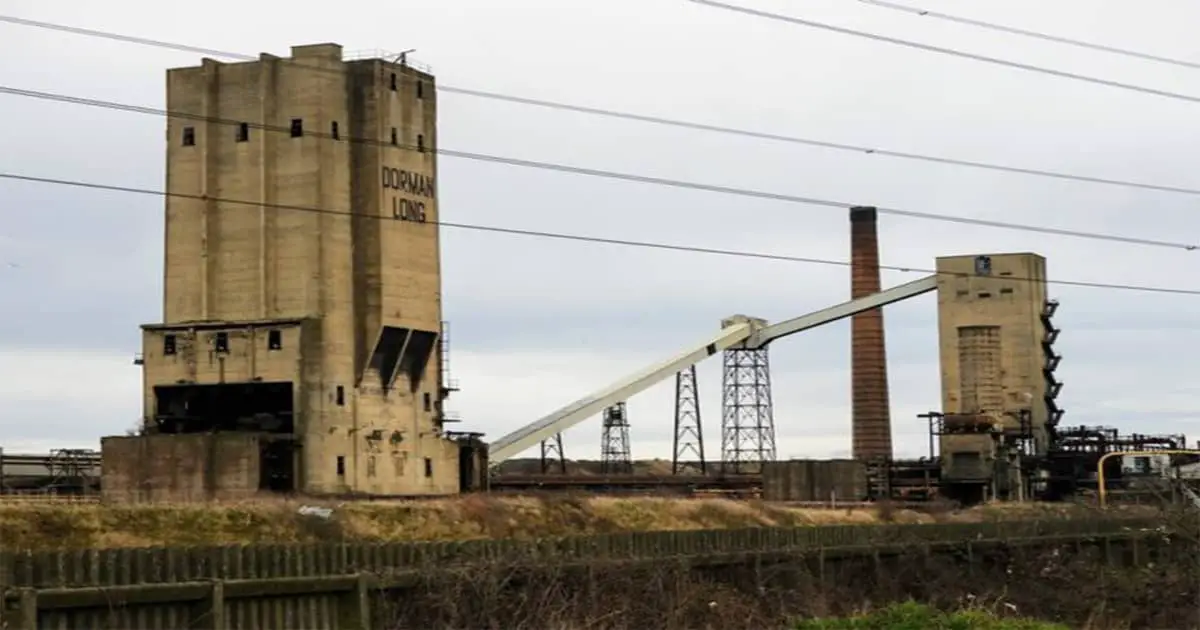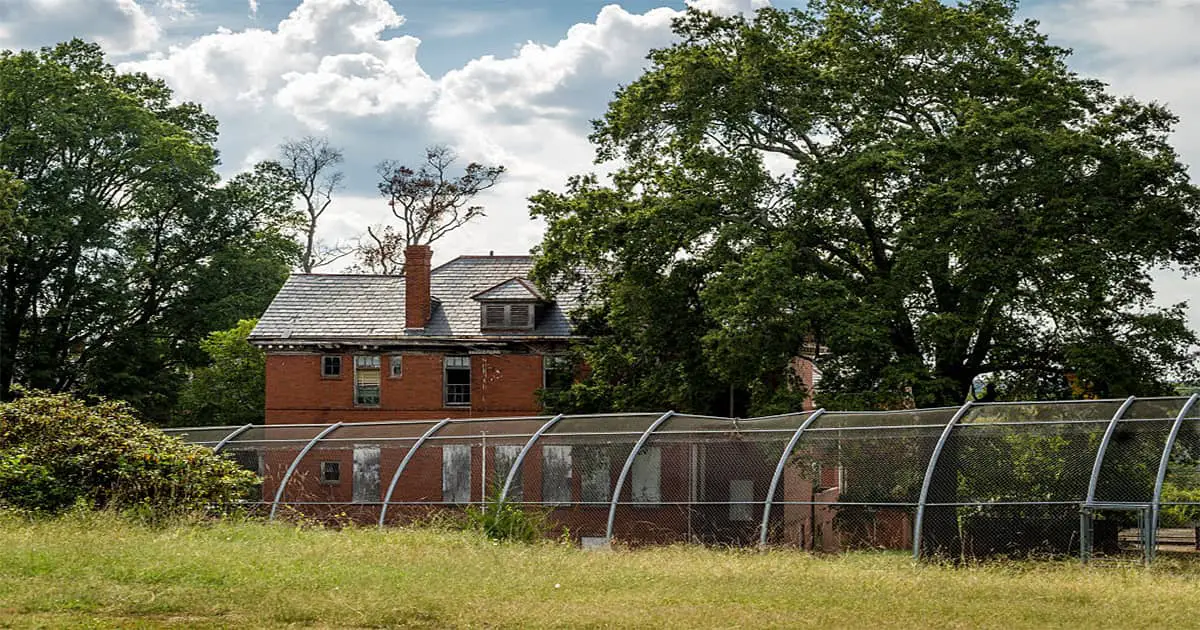Teesside is in the north of England. It is along the River Tees. It became well-known because it made steel. Dorman Long was one of the businesses that set up shop along the river. It has since stopped doing business in Teesside, and the recent destruction of the coal bunker that was a key part of the town’s skyline is seen by many as a sign that the town’s industry is on the decline.
The birth of Dorman Long
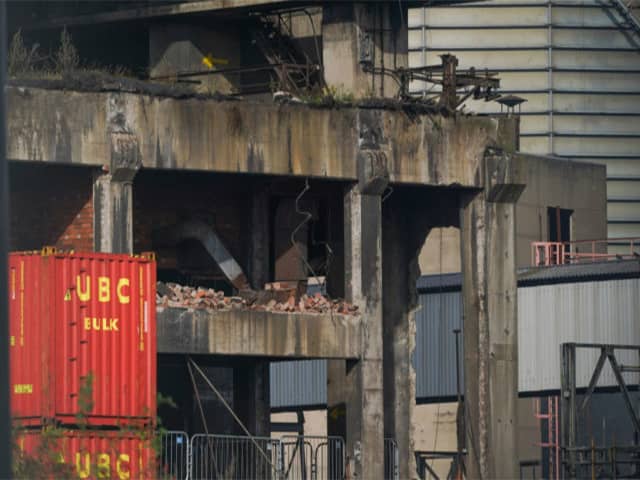
Arthur Dorman and Albert de Lande Long started Dorman Long in 1875. This was after iron ore was found in the Cleveland Hills in the 1840s and metal production began in Teeside. They started making iron bars and angles for ships, and to help with this, they took over the West Marsh ironworks plant in Middlesborough.
In the 1880s, the company started making steel, and in the years that followed, it bought other businesses and places of work around Teeside. It was the first company in the UK to roll steel joints in 1883, and it soon became the biggest steel producer in the UK.
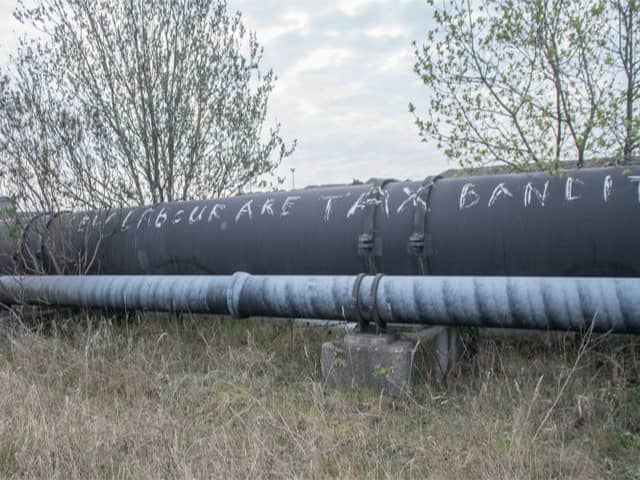
During World War I, when they made shells for the war effort, Dorman Long became a major manufacturer. At this point, it had 20,000 workers. During this time, the company did well, which led to the building of the £4.5 million Redcar plant.
Steel and chemical businesses around the world

The Redcar steelworks were officially opened in 1917. They used a process called “open hearth” to make steel. To house the people who worked at the Teesside site, steel-framed homes were built into a garden village called Dormanstown.
In the 1940s, Dorman Long started making engines for trains. During its time in Teesside, it made universal beams and columns, heavy and medium plates, black, galvanized, and plastic-coated sheets, wire rod and wire, heavy joists and sections, rails, sleepers, light sections and bars, mild steel, and welded steel fabrications.
Follow us on Pinterest for more daily updates: ViralEye
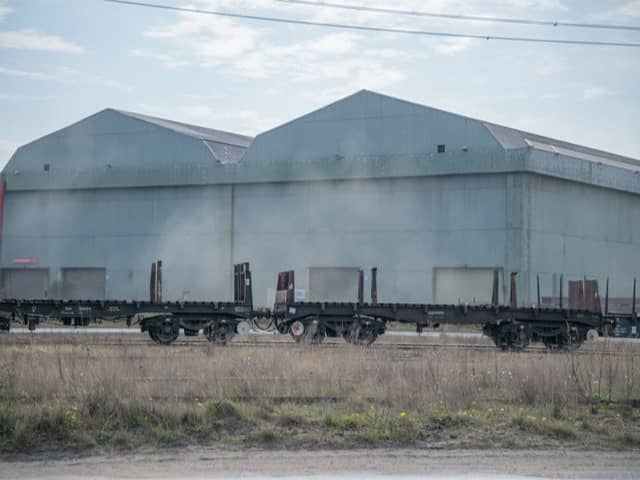
In 1946, Dorman Long bought 600 acres of land between Redcar and Cleveland Works so that he could build the Lackenby development. In 1973, the existing Redcar ironworks site started to be built on. The Dorman Long tower, which is 180 feet tall, was built in 1955. It was a silo, control room, and water tower all in one. It was built in the brutalist style and could hold 5,000 tons of fuel.
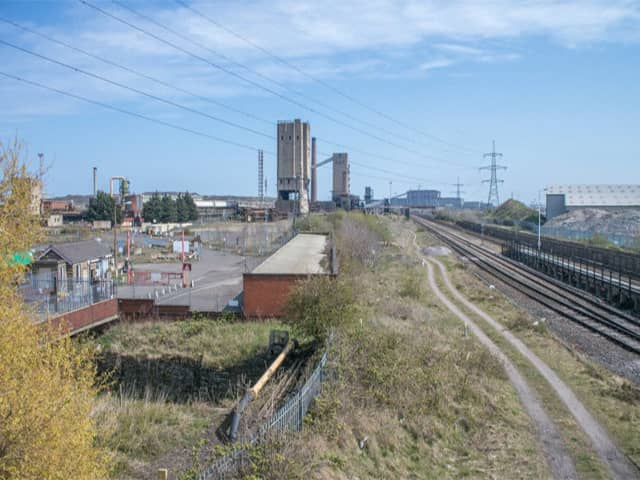
On the north side of the River Tees, the company ran a chemical plant where raw tar and benzole from the South Bank coke ovens were cleaned up. All of Dorman Long’s sites were right next to rivers, which made it easy to get rid of fuel oil and foreign ore.
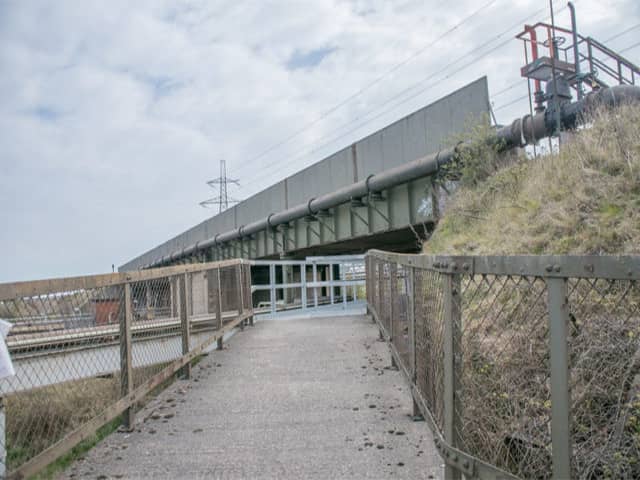
The Sydney Harbour Bridge, the Silver Jubilee Bridge, and the Tyne Bridge are some of the most well-known bridges that it built. During its time in business, the company merged with other steel companies. In 1967, these companies came together to form British Steel. The company stayed with the conglomerate until 1990, when it merged with Cleveland Bridge.
It closed because the economy was getting worse.
Tata Steel sold the land to Thai company SSI in 2012, after work had been put off in 2010. The company’s first plan was to send steel to Thailand. Officials in the UK hoped that this would help the country’s wind turbine industry.
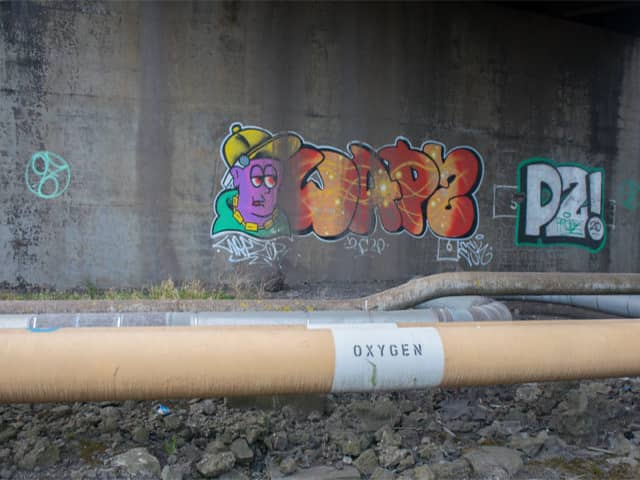
Redcar SSI steelworks closed for good in October 2015, citing bad business conditions and a drop in steel prices. Even though people tried to find a buyer for the property, no one came forward, so 2,200 jobs were lost. Local officials and residents were angry about the closing. They said that the federal government was “giving up on Teesside.”
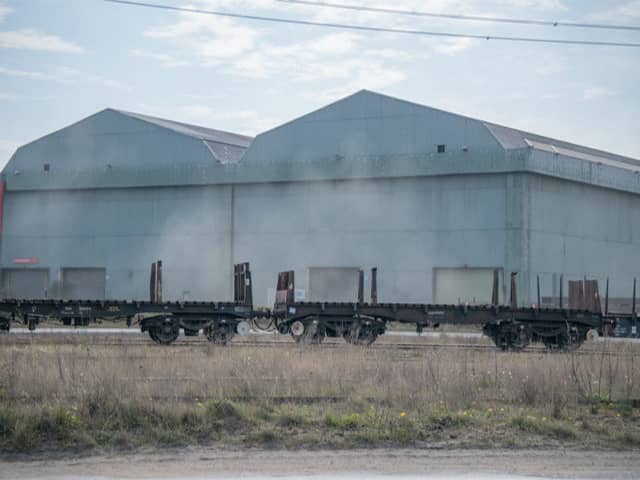
Dorman Long Technology is based in Northamptonshire for the time being. It gives companies the tools and technology they need to build big projects, like the Honam high-speed railway in South Korea and London’s Wembley Stadium.
Taking down the tower and other buildings
Redcar and the Cleveland Council said in September 2021 that they were going to tear down the Dorman Long tower and other buildings on the site of the old Redcar steelworks. This made a lot of people angry, because they thought the tower was a symbol of Teesside’s industrial past. Because of this, Historic England made it a Grade II-listed building.
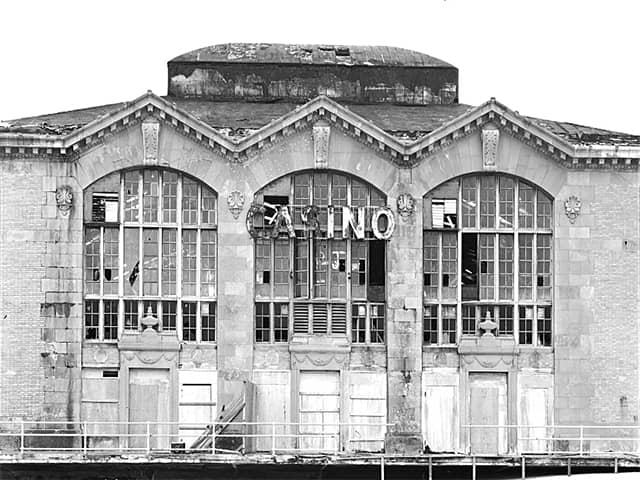
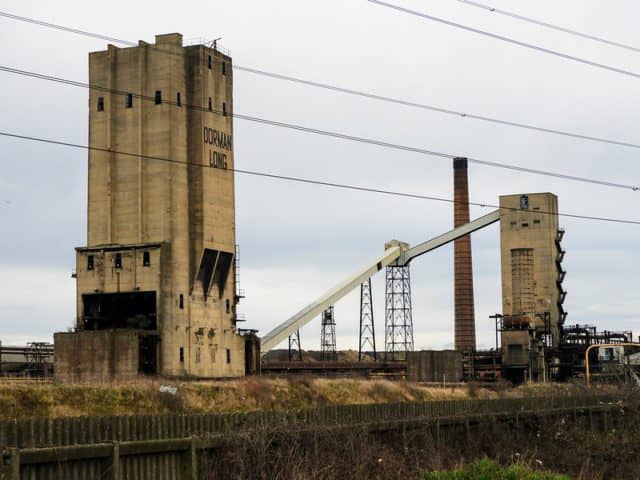
Even though people tried to save the tower, the UK’s new culture secretary, Nadine Dorries, re-ordered it to be torn down, saying that Historic England didn’t think it was “of enough architectural or historical interest to merit listing.” This happened after Ben Houchen, the mayor of Tees Valley, and the Tees Valley Combined Authority (TVCA) filed appeals against its status as a listed building.
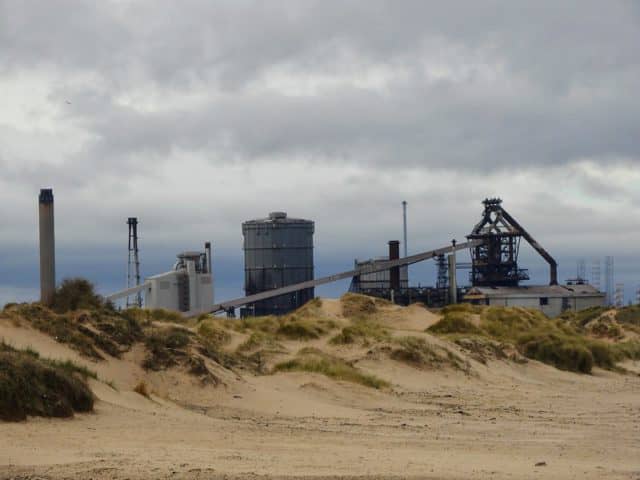
On the early morning of September 19, 2021, the Dorman Long tower was taken down. The Gibbon Wilputte coal bunker, a set of conveyors, and the Gibbon Wilputte Battery Waste Gas Chimney were also taken down at the time. They will be taken over by LM Wind, a subsidiary of GE Renewable Energy, which will build a new factory to make wind turbines.
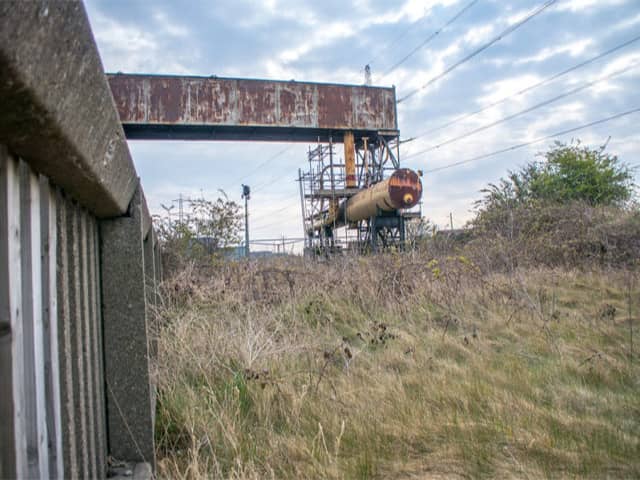
The demolition took place at night so that it wouldn’t stop trains on a nearby track. People came to see it one last time and to see a piece of the town’s history go away for good.
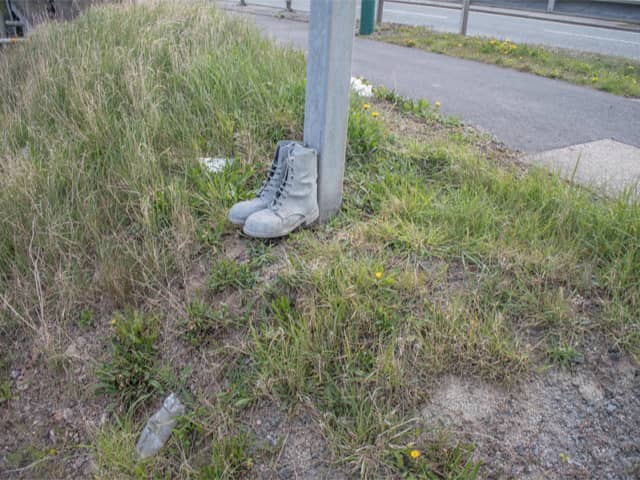
Read more from us: Cementland: From Abandoned Cement Factory to Castle Themed Amusement Park

